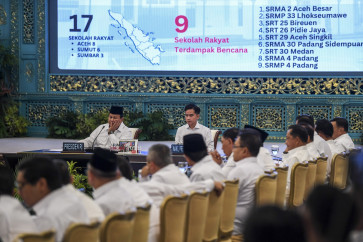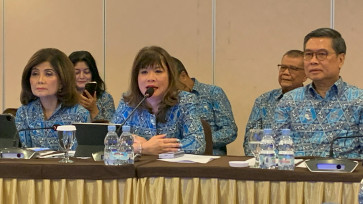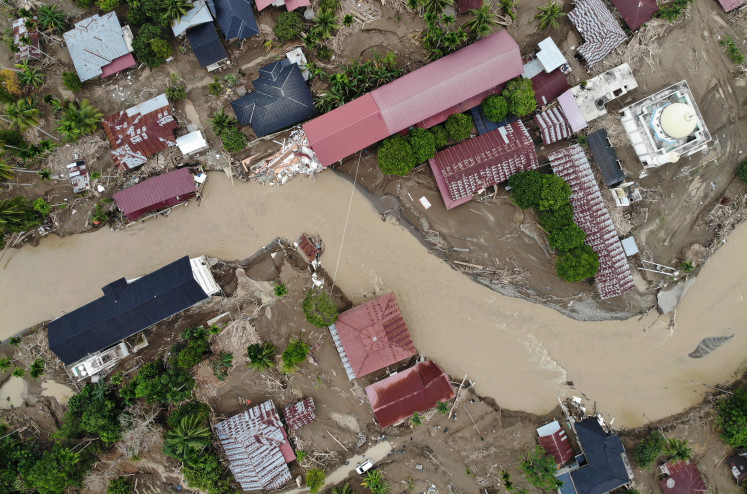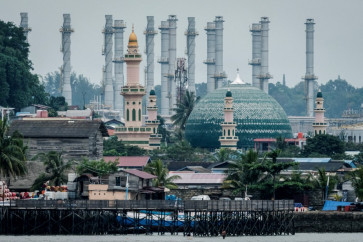Popular Reads
Top Results
Can't find what you're looking for?
View all search resultsPopular Reads
Top Results
Can't find what you're looking for?
View all search resultsClimate cost of leaving methane on the table
By failing to prioritize methane reduction, Indonesia is not only undermining its climate credibility but also throwing away revenue and energy security.
Change text size
Gift Premium Articles
to Anyone
I
ndonesia’s climate debate has centered on efforts to cut carbon dioxide emissions. Yet one of the most dangerous greenhouse gases continues to slip through the cracks: methane, especially in the oil and gas sector.
Methane, an invisible yet highly potent greenhouse gas, has a global warming potential 84 times greater than carbon dioxide over a 20-year period, with emissions estimated at around 369,262 kilotons of methane (kt CH4), making it a major driver of near-term climate change. It is also a wasted resource, leaking from oil and gas operations, especially in Indonesia, where most fugitive emissions originate from aging onshore oil assets in Sumatra, as reported in the Methane Management Roadmap for Oil and Gas in ASEAN Report by ASEAN Centre for Energy 2025.
By failing to prioritize methane reduction, Indonesia is not only undermining its climate credibility, but also throwing away revenue and energy security.
Methane deserves urgent attention for both climate and economic reasons. To keep global warming below 1.5 degree Celsius, in line with the Paris Agreement, methane emissions must be reduced by 30 to 60 percent by 2030, potentially avoiding nearly 0.3 degree Celsius of warming by 2045.
Scientifically, methane only remains in the atmosphere for 12 years unlike carbon dioxide which lasts for centuries, hence it is an opportunity to focus on methane as part of delivering quick climate benefits by prioritizing the methane abatement efforts.
Next is the economic case. ASEAN could generate up to US$87 million annually by capturing wasted methane. This presents an opportunity for Indonesia to convert methane into liquefied natural gas for export, turning emissions into a commercial resource with significant economic value in the international market.
There is also a significant underreporting of methane emissions by oil and gas companies. By integrating satellite data with findings from scientific research and field measurement campaigns, the International Energy Agency estimates that actual methane emissions are around 80 percent higher than what is officially reported. The satellites have also detected a notable surge in massive methane leaks from oil and gas facilities in 2024, uncovering the scale of a problem that was once largely invisible to the public eye.



















